Sewer systems are the backbone of urban infrastructure, but aging pipelines and increasing maintenance demands have pushed the plumbing industry to adopt innovative solutions. Among these, laser-based pipe repair technology is emerging as a game-changer, offering precision, efficiency, and minimal disruption. This article explores how this cutting-edge technology is transforming sewer maintenance, its applications, benefits, and future potential, particularly in the context of Seattle plumbing.
What Is Laser-Based Pipe Repair Technology?
Laser-based pipe repair technology involves the use of high-precision lasers to inspect, diagnose, and, in some cases, repair sewer pipes. While lasers are widely used for pipe inspection (e.g., laser profiling to detect defects), their application in direct repairs is still evolving. Lasers can assist in cutting, cleaning, or preparing pipes for repair, often as part of trenchless technology methods like Cured-in-Place Pipe (CIPP). This technology allows for non-invasive solutions, reducing the need for costly and disruptive excavation.
How Laser Technology Is Transforming Sewer Systems
Laser technology is reshaping sewer maintenance by introducing advanced capabilities. Here are the key ways it’s making an impact:
Enhanced Precision in Inspections
Laser profiling uses high-powered lasers to create detailed 3D models of pipe interiors. This technology identifies defects like cracks, corrosion, or misalignments with unmatched accuracy. For example, companies like RedZone Robotics use laser profiling to assess pipe conditions in real time, helping municipalities prioritize repairs. In Seattle plumbing, where aging infrastructure is a concern, such precision is critical for effective maintenance.
Non-Invasive Repair Solutions
Traditional sewer repairs often require digging up streets or yards, causing disruption and high costs. Laser technology supports trenchless technology, enabling repairs from within the pipe. For instance, lasers can be used to cut away blockages or prepare pipe surfaces for CIPP linings, which are then cured using UV light or heat. This approach minimizes environmental impact and preserves landscapes.
Cost and Time Efficiency
By reducing the need for excavation and enabling precise diagnostics, laser-based methods save both time and money. Municipalities and homeowners benefit from faster project timelines and lower labor costs. For example, laser-assisted inspections can pinpoint issues in hours, compared to days for traditional methods.
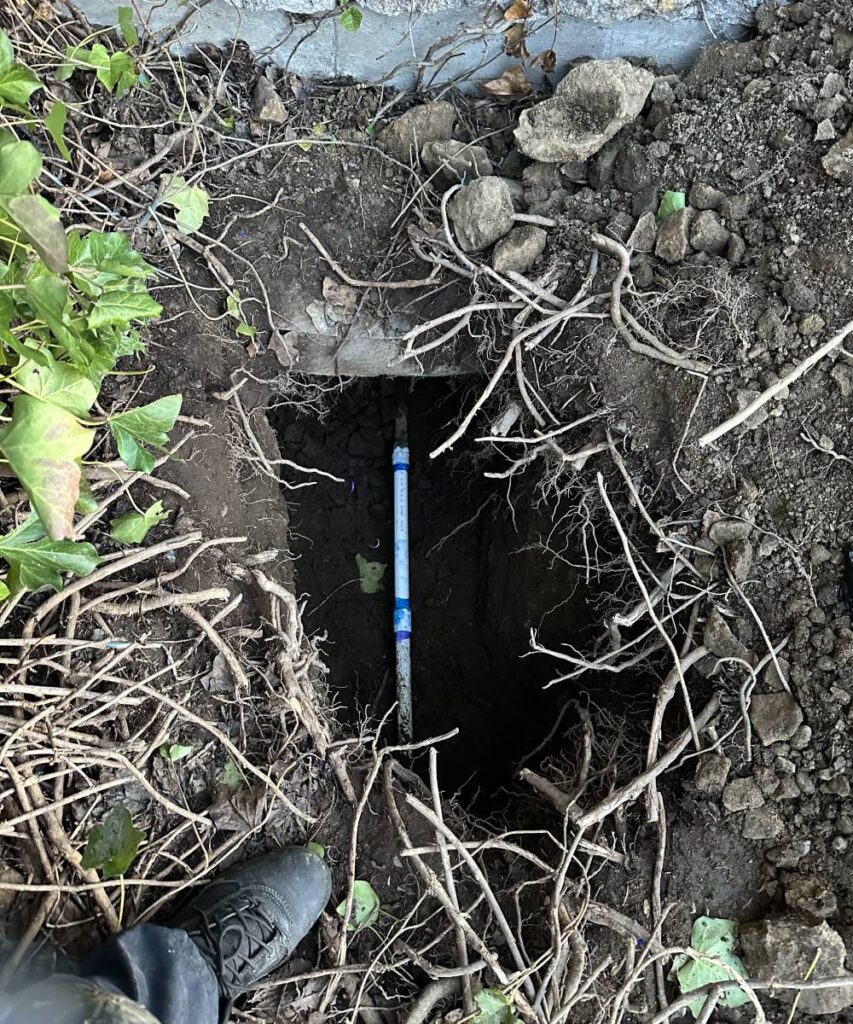
Applications of Laser Technology in Sewer Maintenance
Laser technology is versatile and has several applications in sewer systems:
- Laser Profiling: Creates detailed maps of pipe interiors to detect deformities, blockages, or corrosion.
- Debris Removal: High-powered lasers can break down or vaporize blockages like grease or roots.
- Pipe Preparation: Lasers clean or smooth pipe surfaces before applying linings or patches in trenchless repairs.
- Point Repairs: Lasers assist in precise cutting or sealing for localized repairs, such as fixing small cracks.
- Quality Control: Post-repair laser scans ensure repairs meet standards, enhancing longevity.
These applications make laser technology a valuable tool for pipe repair technology in urban areas like Seattle and Bothell.
Benefits of Laser-Based Sewer Repair
The adoption of laser technology in sewer maintenance offers numerous advantages:
- Accuracy: Laser profiling provides precise data, reducing guesswork in diagnostics.
- Minimal Disruption: Trenchless methods supported by lasers avoid extensive digging, preserving landscapes and infrastructure.
- Sustainability: Non-invasive repairs reduce waste and environmental impact.
- Cost-Effectiveness: Faster diagnostics and repairs lower overall project costs.
- Durability: Laser-assisted repairs, like CIPP linings, create strong, long-lasting pipe structures.
Challenges and Limitations
While promising, laser-based pipe repair technology faces some challenges:
- High Initial Costs: Laser equipment and trained operators can be expensive, limiting adoption for smaller companies.
- Environmental Constraints: Lasers often require dry or semi-dry pipes, which can be challenging in active sewer systems.
- Safety Concerns: In environments with flammable gases like methane, laser use requires strict safety protocols.
- Limited Repair Applications: While lasers excel in inspections, their use in direct repairs (e.g., welding or sealing) is still in early development.
Despite these hurdles, ongoing advancements are making laser technology more accessible and versatile.
The Future of Laser Technology in Sewer Systems
The future of laser-based pipe repair is bright, with research and development paving the way for broader applications. Innovations like high-powered fiber lasers could enable direct pipe repairs, such as welding cracks or removing stubborn blockages. Additionally, combining lasers with robotics and AI could lead to fully automated repair systems, further reducing costs and improving efficiency. As urban areas like Seattle and Bothell face growing infrastructure challenges, laser technology will likely play a key role in sustainable sewer maintenance.
About KnightRooter
KnightRooter is a trusted name in Seattle plumbing, offering expert solutions for sewer and plumbing needs. With a commitment to quality and customer satisfaction, KnightRooter provides reliable services, including sewer line repair in Seattle and sewer line repair in Bothell. Whether you’re dealing with a clogged drain or complex sewer issues, KnightRooter’s experienced team is here to help keep your plumbing system running smoothly.
FAQ
1. What is laser-based pipe repair technology?
It’s a method that uses lasers for inspecting and, in some cases, repairing sewer pipes, often as part of trenchless technology. It offers precision and minimal disruption.
2. How does laser profiling work in sewer inspections?
Laser profiling uses lasers to create 3D models of pipe interiors, identifying defects like cracks or blockages with high accuracy.
3. Is laser-based sewer repair widely available?
Laser technology is widely used for inspections, but its use in direct repairs is still developing and may not be available everywhere.
4. What are the benefits of laser technology for sewer maintenance?
It provides accuracy, reduces disruption, saves time and costs, and supports sustainable repair methods.
5. Can laser technology replace traditional sewer repair methods?
Not entirely, but it complements traditional methods by offering non-invasive, efficient solutions for diagnostics and certain repairs.
For professional and fast drain cleaning Bothell, drain cleaning Seattle, and drain cleaning Bellevue, contact KnightRooter. Our team is ready to provide the best solutions for your drain issues.

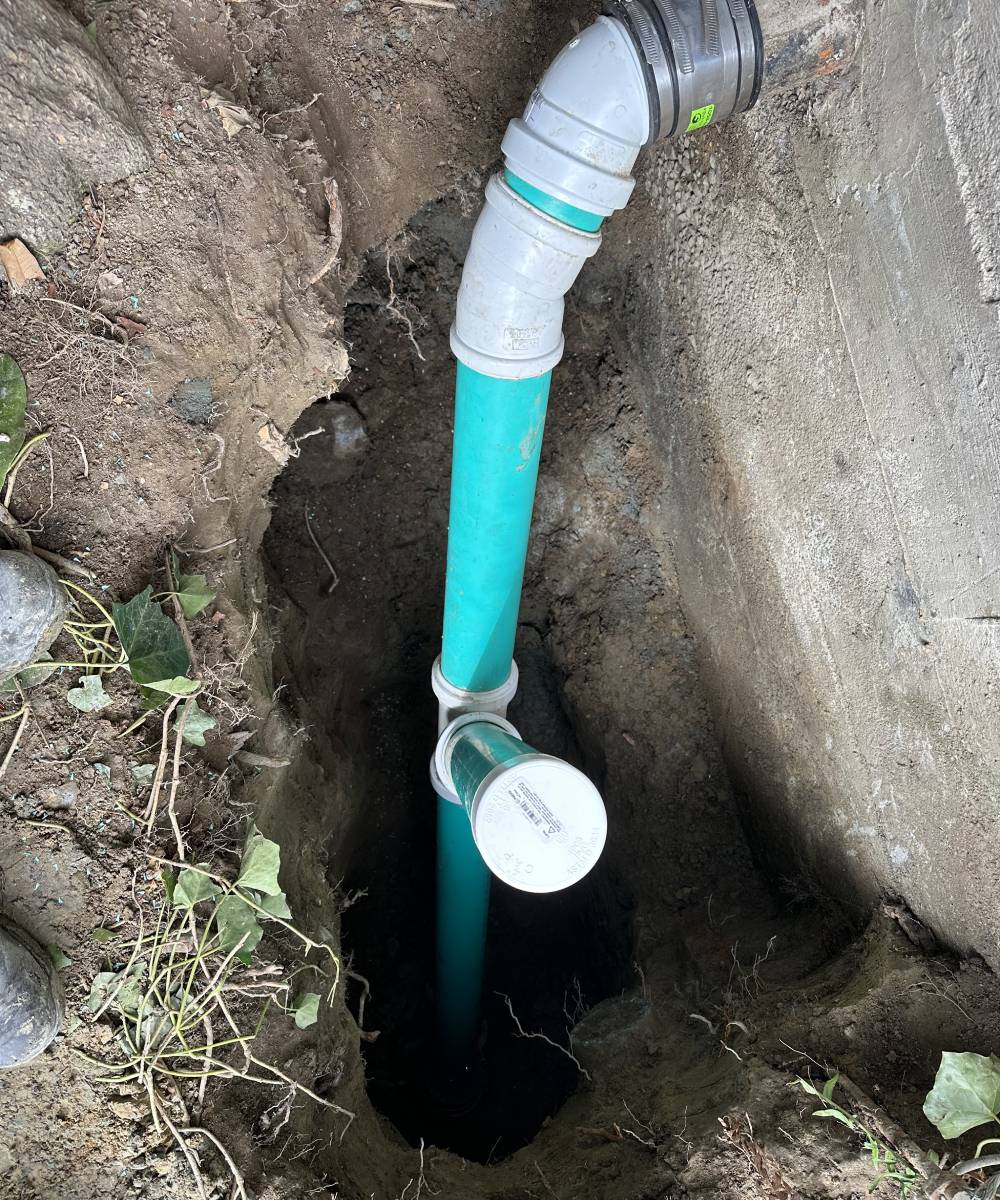
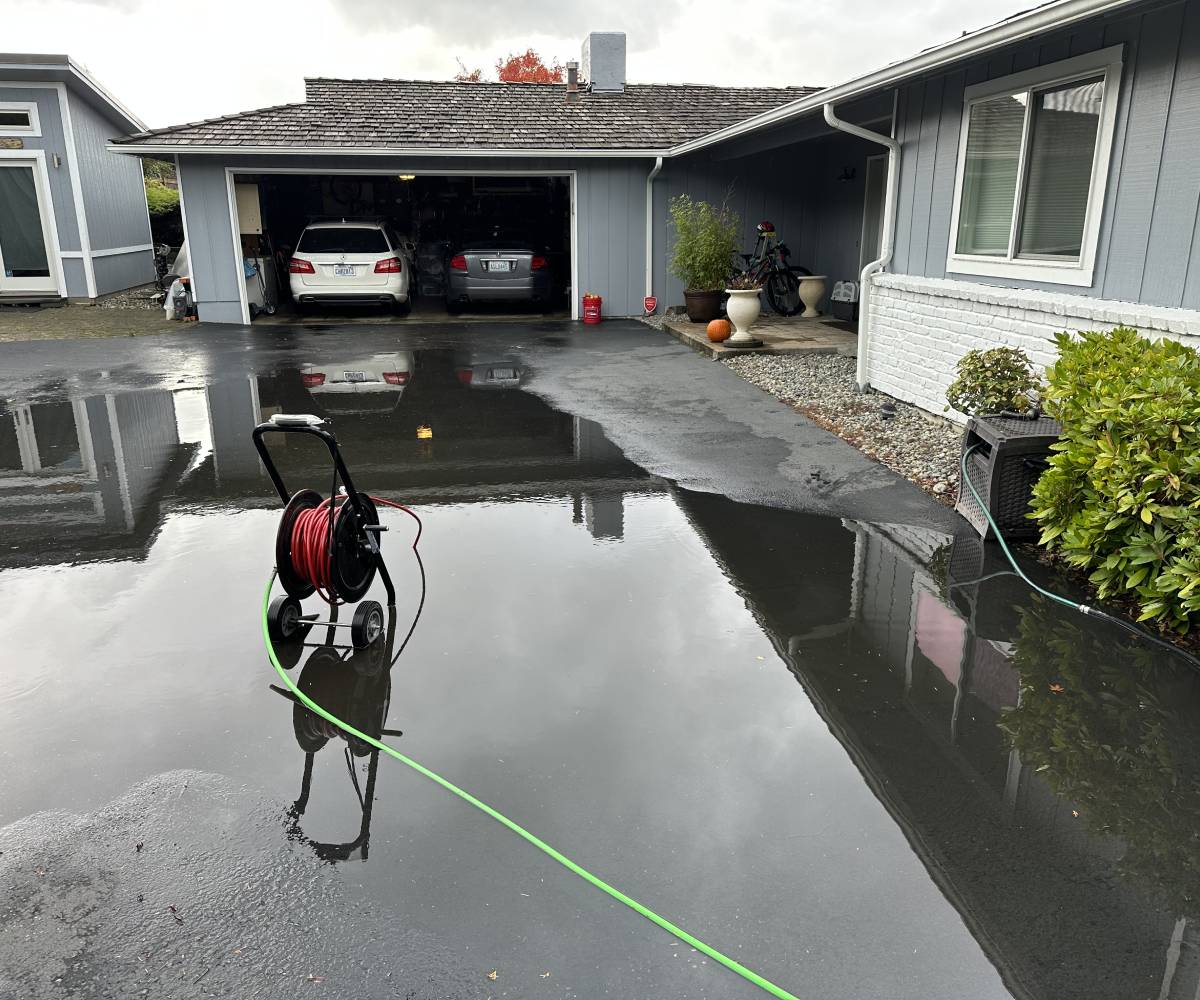
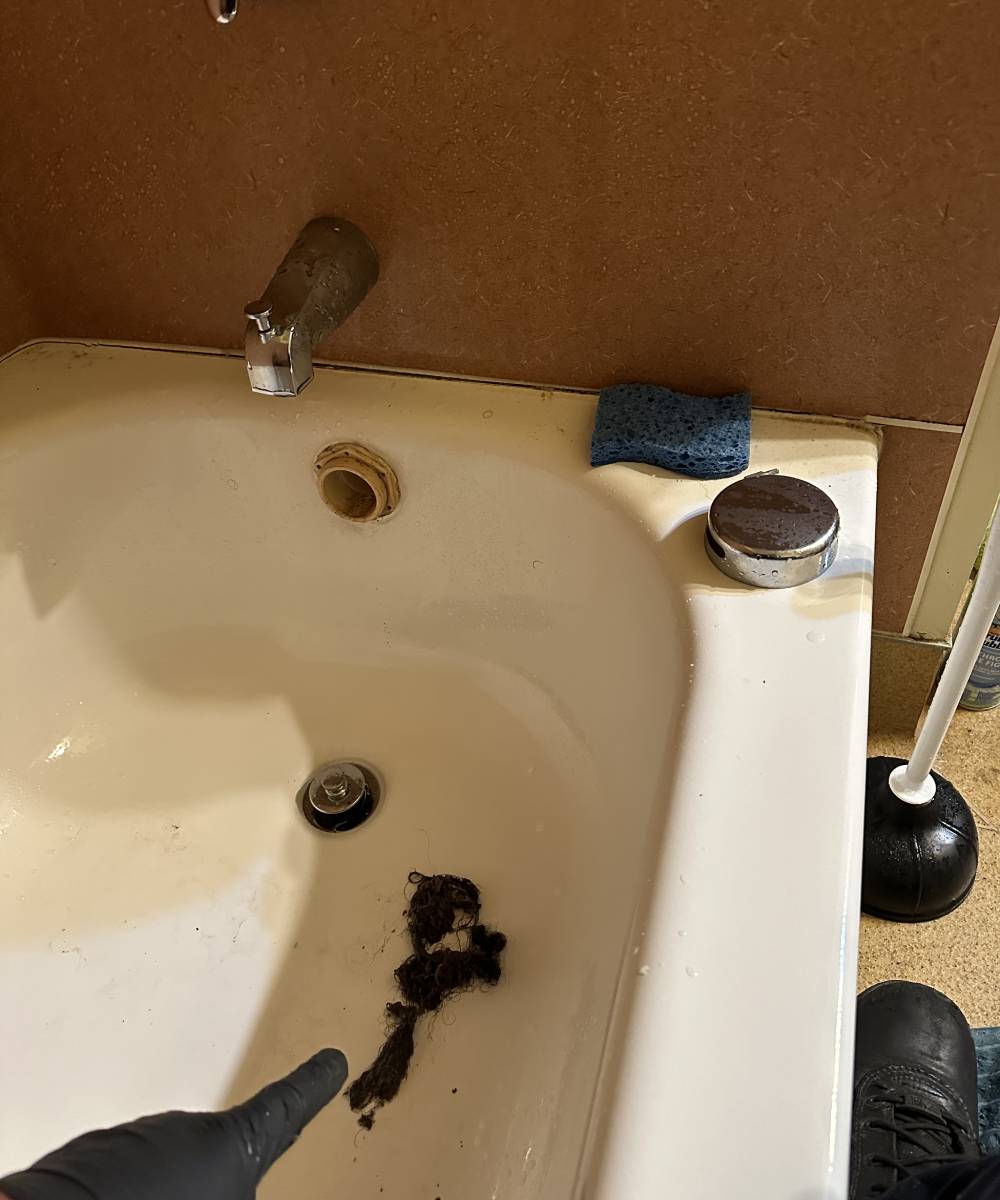
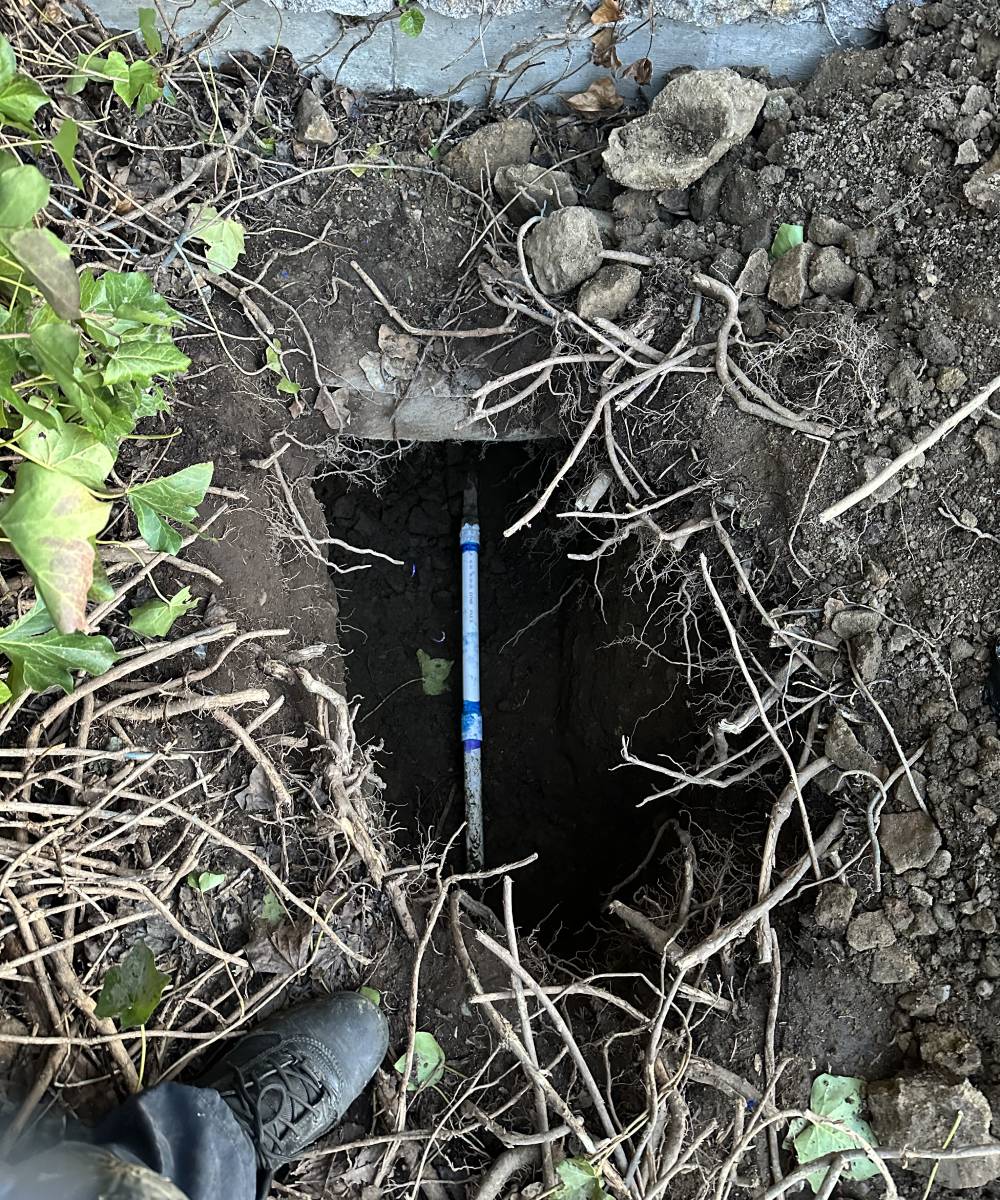
No comment yet, add your voice below!